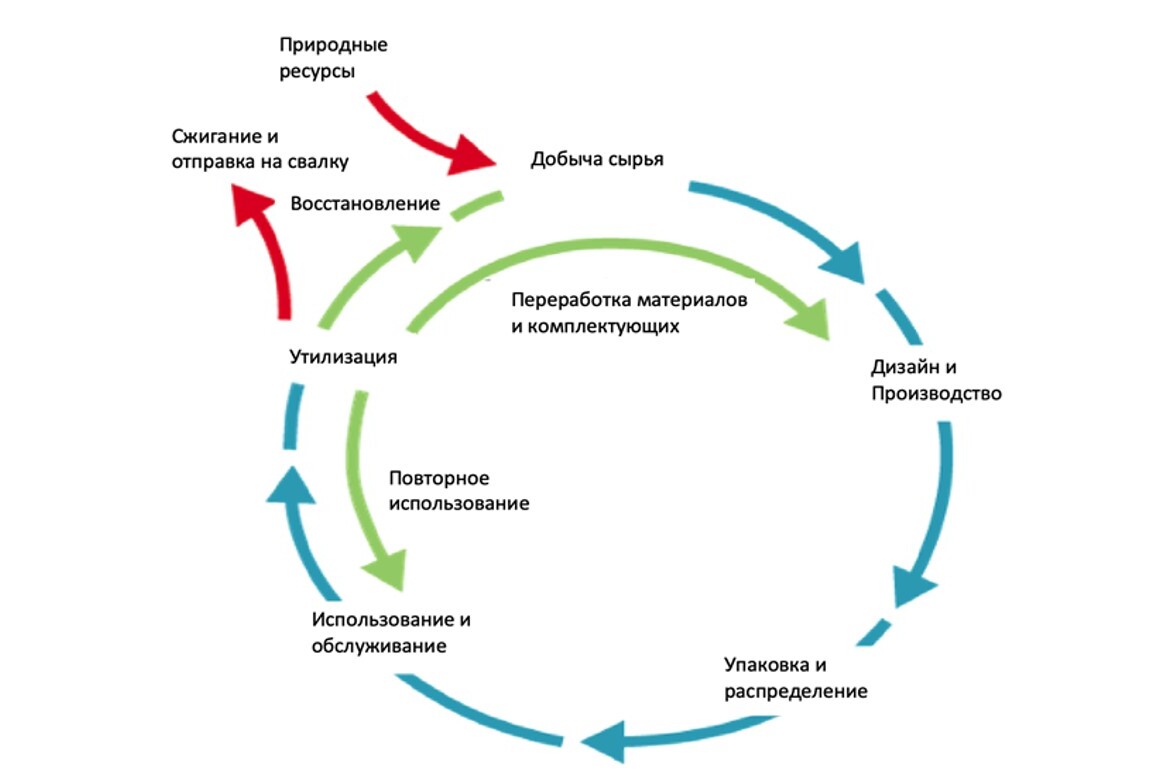
Every resource, item, product, product, building, and equipment has an environmental impact. The main questions are questions are what impact and how it is generated. The process called LCA, or life cycle assessment, is trying to answer these questions.
Product life cycle assessment (LCA) is a complex set of methods for assessing the impact of products on the environment at all stages of its life cycle: from the extraction of raw materials, continuing with the production, use, repair, maintenance, transportation of the product at all stages and ending with the disposal or processing of waste . The method is the only way to objectively determine which products and resources are truly sustainable, and which only seem so [1].
In order to evaluate the life cycle of a product, you first need to understand what it consists of. Typically, the standard cycle has five stages: (1) raw material extraction, (2) design and production, (3) packaging and transportation/distribution, (4) use and maintenance, (5) disposal.
These five stages illustrate the linearity of the product life cycle, which in English has received the stable name Cradle-to-Grave (Russian: “From the cradle to the grave”, C2G). There are other life cycle concepts:
Cradle-to-Gate (eng. "From the cradle to the gate") - the assessment of the life cycle of the product is carried out only to the borders of the plant, which means that the phases of transportation, distribution, use and disposal are excluded. The concept greatly reduces the complexity of the LCA and helps to gain a faster understanding of the environmental impact of internal manufacturing processes.
Cradle-to-Cradle (Russian: “From cradle to cradle”, C2C) is a production concept in which the produced products are returned to the production cycle after a period of use by adding a recycling process, which allows the waste to be reused.
LCA is an important element in the activities of companies that produce goods or provide services and at the same time think about the environmental footprint that each company directly affects. In addition to production, LCA can also be used in the public sector (state) for decision-making: for example, for choosing a way to handle waste.
Fig. Product life cycle.
General Approach in Life Cycle Assessment
- Purpose and Scope: It is important to understand that a model is a simplification of a complex reality, and like all simplifications, this means that reality will be distorted in some way.
- Inventory Analysis: Examine all environmental inputs and outputs associated with a product or service, such as raw material and energy use, pollutant emissions, and waste streams (raw materials or resources, various forms of energy, water, air, land or water pollution by substance)
- Impact Assessment: Classify environmental impacts, evaluate them according to the criteria that are most important to your company, and convert them into environmental topics such as global warming or human health.
- Interpretation: share results and solutions for improvement.
[1] What We we know about LCA, or evaluation vital cycle product (theoryandpractice.ru) .